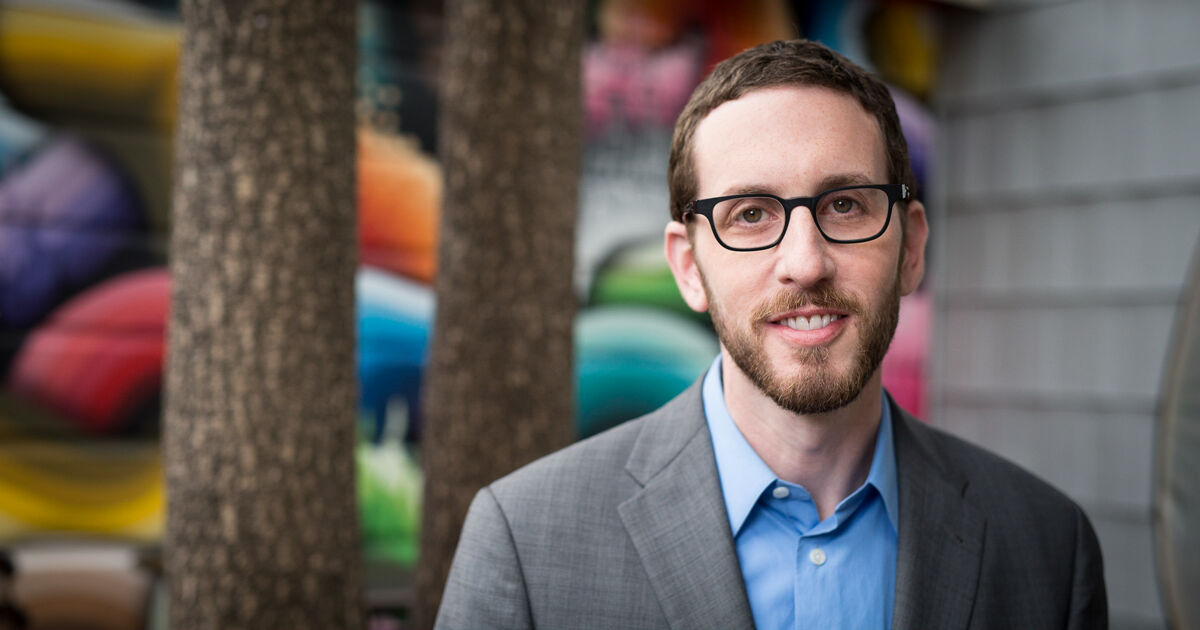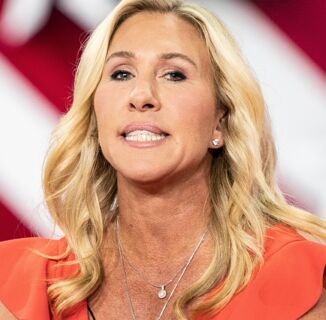It’s increasingly common knowledge that gender is a complicated spectrum and a cultural construct, but the fact that biological sex isn’t as binary as we’re told to believe is discussed way less often.
This lack of conversation has led to the frequent erasure of the intersex community. The definition of ‘intersex’ is wide-ranging, fluid and incorporates numerous variations, which means that reputable statistics on the number of intersex children are tricky to pin down, but the overarching commonality between intersex babies is that they are all born with sex characteristics that deviate from the ‘male/female’ binary.
Historically, medical professionals have responded to these variations by performing invasive, often non-consensual surgeries to ‘correct’ them. These practices are otherwise known as ‘intersex genital mutilation’, a term whose grisly moniker has never prevented it from taking place – even in the world’s most progressive countries. Despite numerous organizations classifying IGM as a human rights violation, it continues to happen. It needs to stop.
Despite numerous organizations classifying IGM as a human rights violation, it continues to happen. It needs to stop.
Activists have been calling for an end to the harmful practice for decades – the San Francisco Human Rights Commission first issued a call-to-arms way back in 2005 – but, earlier this year, a sign of genuine change came in the form of SCR110 (Senate Concurrent Resolution 110).
Introduced by California State Senator Scott Wiener, the resolution stipulates that “medically unnecessary surgery should be delayed until the intersex individual can decide for themselves whether to pursue surgery at all, at an age when informed consent is possible.” If passed, SCR110 could set a nationwide example for other states to follow; in essence, it could set a precedent and convince other states to enshrine intersex rights into law.
The resolution is sponsored by interACT, a non-profit organization fighting for the rights of America’s intersex community, and Equality California.
The initial signs are already promising – earlier this week, the resolution was approved by the California Senate, advancing it to the Assembly for their official review.
The San Francisco Human Rights Commission has also stated its support of SCR110, but the shocking fact that the HRC first called for an end to these practices more than a decade ago cannot be ignored. Visibility of issues facing queer communities worldwide may have risen exponentially over recent years, yet conversations surrounding intersex rights seem to be continually pushed to the margins.
In fact, it’s fair to say they’re largely either erased or ignored.
Aria Sa’id, LGBT Policy Officer for the San Francisco HRC, argues that this lack of visibility is directly responsible for the ongoing resistance to progress.
“Conversations on intersex bodies are often sensationalized, and their experiences don’t get highlighted in a lot of our movement-building work today,” he explains. “I think the largest barrier to overcome is our insistence on relying on the medical industry’s perspective on intersex issues; I do think people have an innate desire to listen and build empathy, but because many of us don’t share the experiences of intersex people, there does tend to be a focus on having physicians weigh in.”
The last few years have seen a swathe of intersex advocates attempt to combat by this invisibility by raising their voices, speaking out against discrimination and detailing their own experiences.
Belgian supermodel Hanne Gaby Odiele is one of the most famous examples. In April last year, she began to speak about the fact that her intersex identity was hidden from her throughout her childhood, and that she would unequivocally classify the surgical procedures forced on her as a series of human rights violations. Despite these candid discussions of trauma, Odiele has become a positive role model and a tireless advocate. Speaking to The Guardian last year, she stated: “I will never know what it is to be a cisgender woman. I will never be able to talk about having a period or having a child, but I’m not a man either – I’m proud intersex.”
Not only is Odiele humanizing intersex issues, her words also justify Said’s reluctance to leave discussion of intersex issues to medical professionals.
“My parents understood a little, but not all – they’d never spoken to anybody else, never had any contact with parents in the same situation,” recounted Odiele in the same interview, before going on to describe the guilt her mother later felt. It wasn’t their fault: “Whatever the specialist is telling you, you’re going to believe it,” Odiele said. They, like many parents, were advised that IGM was ‘corrective’ – a harmful belief that stigmatizes intersex identities and ignores the fact that only a small fraction of intersex variations require medical intervention.
Kyle Knight, a researcher at Human Rights Watch and author of a comprehensive 2017 report on IGM, further describes the stigma attached to claims that IGM is medically justifiable.
“Some surgeons defend the practice of medically unnecessary surgeries on children with intersex traits because they believe – with zero evidence – that bodily difference will prevent these children from being so-called ‘functional members of society.’”
Knight recently testified in support of the resolution, but he recalls that Dr. Larry Baskin relied on the idea that ‘correcting’ intersex children was somehow doing them a favor in his oppositional statement. “Such statements are not evidence-based, deeply stigmatizing, and far beyond the purview of a surgeon,” reiterates Knight. “Of course we know that people who are different can face discrimination, stigma, and bullying in society. But there is no reason to attempt to change the individual in question. Instead, we change society – that’s what SCR110 and its supporters stand for.”
“There is no reason to attempt to change the individual in question. Instead, we change society – that’s what SCR110 and its supporters stand for.”
It only takes a glimpse at the origins of IGM to understand precisely why attitudes need to change.
It was in 1966 that psychologist John Money decided to test a theory that it was possible to assign a child’s sex at birth and raise them according to a gender selected by a doctor or parent. Money decided to test this on an initially anonymous patient, John/Joan – now known as David Reimer. Born biologically male, Reimer’s penis was accidentally destroyed during a botched circumcision. At this point, Money intervened and persuaded his parents to allow for IGM as well as hormone treatment.
The psychologist claimed widely that his theory had been successful, using the case to support the idea that doctors should be allowed to surgically intervene and essentially determine the fate of intersex babies. He even claimed that the procedure should be considered even if the child in question wasn’t intersex.
Controversy later unfolded. Decades later, Reimer and his twin brother claimed that Money had been sexually exploitative, and that the twins had had their genitals photographed and ‘inspected’ without consent. Reimer suffered a lifetime of trauma which was later documented in a book. He eventually killed himself.
This may be a disproportionately extreme example, but the fact remains that intersex genital mutilation is an example of state-sanctioned child abuse. Not only is it a human rights issue, it’s also an identity issue. By interfering with the right of a child to develop their own gender identity and make an informed decision on surgical intervention, medical practitioners are essentially erasing a community which has never been given the right to flourish.
Societal stigma may still exist, but SCR110 and the conversations it has generated could help to protect intersex rights and to eradicate the insinuation that intersex bodies are an ailment in need of a remedy.
Don't forget to share:
Help make sure LGBTQ+ stories are being told...
We can't rely on mainstream media to tell our stories. That's why we don't lock our articles behind a paywall. Will you support our mission with a contribution today?
Cancel anytime · Proudly LGBTQ+ owned and operated
Read More in Impact
The Latest on INTO
Subscribe to get a twice-weekly dose of queer news, updates, and insights from the INTO team.
in Your Inbox













